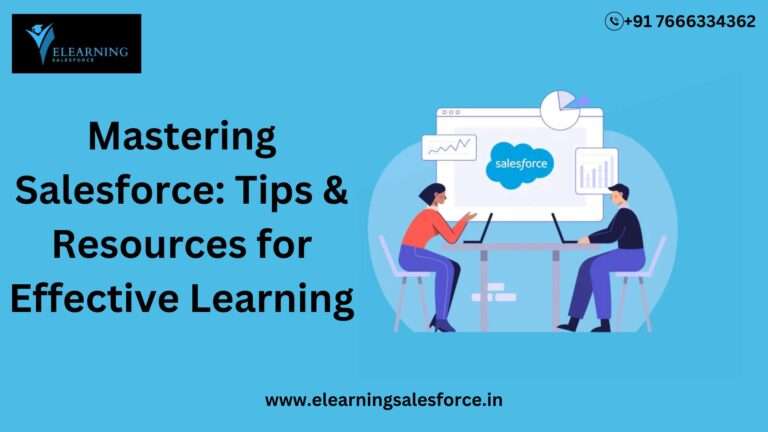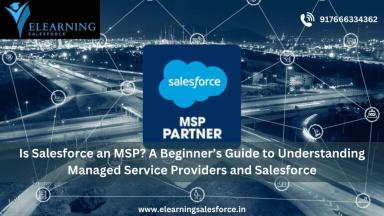“How to Use OpenAI’s GPT with Salesforce for Smarter Customer Interactions
Introduction
In today’s digital world, great customer experiences are key to staying competitive. Integrating Open AI’s GPT with Salesforce can enhance these interactions. Whether you’re new or a company employee, this blog will guide you through the essentials. It will also inspire you to take steps toward success.
In the end, you’ll learn how GPT chatbots and automation can improve customer service. They can also predict trends and tailor the customer experience. Ready? Let’s dive in!
Navigating the AI landscape can feel overwhelming because of the many choices. But despite all these choices, no single platform can meet everyone’s needs. We’re dedicated to an open model ecosystem. This lets you customize your artificial intelligence (AI) solutions to fit your business needs.

Understanding OpenAI GPT and Salesforce
What is OpenAI’s GPT?
OpenAI’s GPT (Generative Pre-trained Transformer) is a smart AI language model. It understands and generates human-like text. It can analyze questions, provide answers, summarize reports, and generate business insights.
What is Salesforce?
Salesforce is a powerful Customer Relationship Management (CRM) platform. It helps businesses manage customer data. It tracks sales, automates workflows, and delivers personalized experiences. Integrating GPT with Salesforce automates responses, boosts support, and enhances sales.
Key Benefits of Using GPT with Salesforce
1. Enhanced Customer Support
GPT chatbots respond quickly to customer inquiries. This reduces wait times and boosts satisfaction. These AI assistants handle common questions, allowing human agents to focus on complex issues.
A retail company uses GPT with Salesforce. This helps manage common questions about orders and returns. It also lightens the customer service workload.
2. Automated Lead Qualification
GPT analyzes customer interactions to spot potential leads. When it’s linked with Salesforce, it sorts prospects and sends them to the right salespeople.
Example: A SaaS company uses AI to evaluate inquiries and qualify high-value leads based on interest in specific products.
3. Personalized Marketing and Recommendations
GPT reviews past interactions and purchase history. This helps it create tailored marketing messages and product recommendations. As a result, conversion rates go up.
An e-commerce business uses GPT to understand what customers like. Then, it sends tailored offers via Salesforce email campaigns.
4. Data-Driven Decision-Making
GPT processes large data sets to provide market insights. This helps businesses make informed decisions and stay ahead of trends.
5. Workflow Automation
GPT automates tasks that repeat often. It helps with scheduling follow-ups, generating reports, and summarizing customer interactions. This boosts productivity.
Example: A real estate agency uses AI to automate email replies and appointment scheduling, saving agents’ time.
How to Integrate OpenAI’s GPT with Salesforce
Step 1: Choose the Right AI Model
Select the GPT version that fits your business needs. OpenAI offers models like GPT-3.5 and GPT-4.
Step 2: Connect OpenAI’s API to Salesforce
Integrate GPT with Salesforce using APIs. Developers can link AI capabilities and Salesforce’s CRM features.
Step 3: Train AI for Your Business Needs
Customize the AI by training it with relevant data, including customer queries and business-specific terms.
Step 4: Deploy AI Chatbots and Assistants
Embed AI chatbots into Salesforce’s customer service portals. This helps automate responses and assists agents in resolving queries quickly.
Step 5: Monitor and Optimize Performance
Regularly analyze AI insights and feedback to improve performance. Use Salesforce analytics to gauge customer satisfaction and chatbot efficiency.
Practical Tips for Using GPT with Salesforce
- Start Small: Begin with AI-driven customer support before expanding to other operations.
- Human Oversight: Review AI-generated responses to ensure quality and accuracy.
- Data Security: Always use strong measures to keep customer data safe during AI automation.
- Continuous Learning: AI models improve over time. Regularly update training data to enhance predictions.
- Use AI insights to improve marketing strategies. This will help boost customer engagement.
Real-World Examples of GPT-Salesforce Integration
1. Retail Industry
A leading fashion brand combined GPT with Salesforce to provide personalized styling recommendations. This increased customer retention by 30%.
2. Banking Sector
A financial institution used GPT to automate fraud alerts and offer real-time advice to clients. This boosted trust and satisfaction.
3. Healthcare Industry
A healthcare provider deployed an AI chatbot to answer patient questions. This reduced call center workload and improved response times.
The Future of AI in Salesforce and Business Growth
AI is changing how businesses connect with customers. It’s integrating with CRM systems like Salesforce. As AI technology evolves, expect features like sentiment analysis and real-time insights.
Companies using AI now will gain an edge. They can offer faster and more personalized customer experiences. If you want to stay ahead, explore AI integration today.
Final Take
Integrating AI Assistant with Salesforce boosts customer service and streamlines operations. This change leads to quicker growth. Synebo helps make this integration smooth, optimizing your processes and boosting customer satisfaction.
Looking to elevate your CRM capabilities with ChatGPT? Let Synebo guide you. We focus on creating tailored CRM improvements. These enhancements target your specific business challenges. We offer seamless integration services and specialized training for your team. This way, you get the support you need without feeling overwhelmed by choices.
you may be interested in this blog
Taking Center Stage: Deploying and Optimizing SAPUI5 Apps for Prime Performance
What is Salesforce QA testing?
Future of VDM: Charting a Course in a Cloud-Powered World
What Does CRM Stand For and What Does it Mean for My Business?




